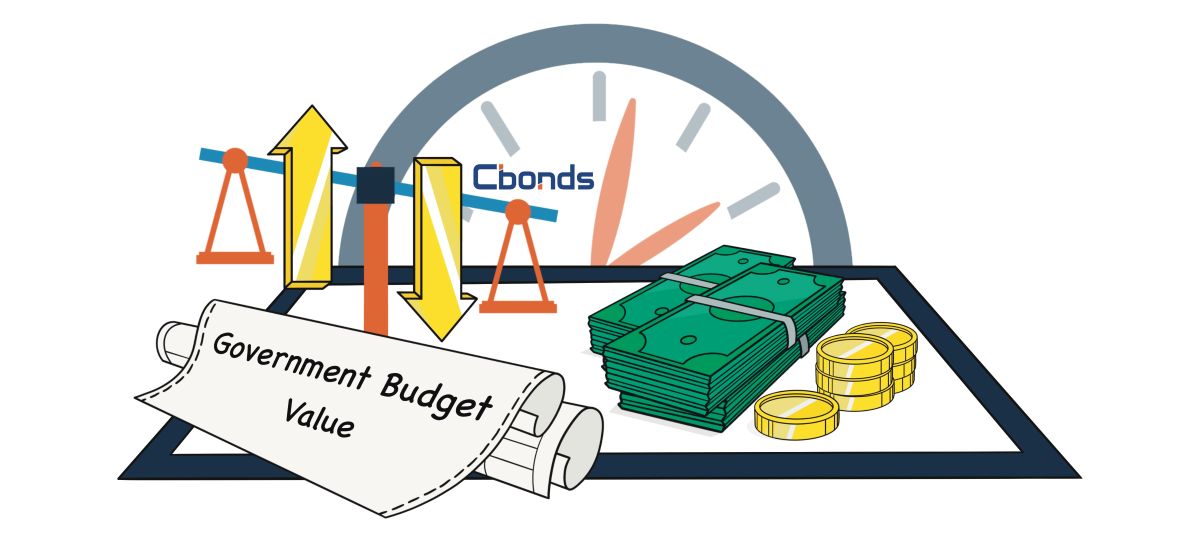
The July 2025 government budgetary operations from the Bank of Tanzania's Monthly Economic Review (September 2025) reveal a robust fiscal start to the fiscal year, with revenues surpassing targets by 3% amid controlled expenditures. This performance—revenues at TZS 2,911.6 billion (103% of target) and expenditures at TZS 4,006.2 billion—results in a monthly deficit of approximately TZS 1,094.6 billion (about 38% of revenues), but aligns with the annual budget's emphasis on growth-oriented spending. In the broader context of the attached document, this supports Q3 2025 GDP growth estimates above 6%, low inflation (3.4%), and export-driven stability (e.g., gold and tourism inflows). As of October 2025, Tanzania's FY 2024/25 closed with 5.6% GDP growth and a narrowing current account deficit to 2.5% of GDP, per IMF assessments, positioning the country for 6% growth in FY 2025/26 through enhanced domestic revenue mobilization and public investments. These trends imply fiscal resilience, enabling infrastructure and social spending to drive inclusive development, though high recurrent costs (59% of outlays) highlight needs for efficiency to sustain debt sustainability (domestic debt at ~35% of GDP).
Drawing from recent analyses, such as the World Bank's emphasis on Vision 2050 for upper-middle-income status by 2050 and the African Development Bank's projection of 6% growth fueled by agriculture and tourism, the data signals a pro-growth fiscal stance. However, global risks like elevated fertilizer prices (Chart 1.5) could pressure import taxes if unmitigated.
| Category | Amount (TZS Bn) |
| Revenue (including LGAs) | 2,911.6 |
| Central Government Revenue | 2,592.7 |
| – Tax Revenue | 2,345.8 |
| —— Taxes on Imports | 958.8 |
| —— Income Taxes | 795.9 |
| —— VAT & Excise (Local Goods/Services) | 446.1 |
| —— Other Taxes | 347.3 |
| – Non-tax Revenue | 246.8 |
| LGA Own Sources | 133.9 |
| Expenditure (Total) | 4,006.2 |
| Recurrent Expenditure | 2,371.8 |
| – Wages & Salaries | 900.8 |
| – Interest Payments | 378.4 |
| —— Domestic | 277.7 |
| —— Foreign | 100.8 |
| – Other Goods, Services & Transfers | 607.7 |
| Development Expenditure | 1,634.4 |
| – Domestic Financing | 1,261.2 |
| – Foreign Financing | 373.2 |
1. Central Government Revenue: Strong Collections Signal Economic Momentum and Tax Efficiency
| Revenue Category | July 2025 Amount (TZS Bn) | % of Central Revenue | Implication for Development |
| Taxes on Imports | 958.8 | 37% | Lowers import costs via TZS strength, aiding manufacturing (3.4% credit growth). |
| Income Taxes | 795.9 | 31% | Reflects job creation in trade/agriculture, supporting 6% GDP target. |
| Total Tax Revenue | 2,345.8 | 90% | Builds reserves (USD 6.2 bn), per AfDB, for infrastructure resilience. |
2. Central Government Expenditure: Balanced Allocation Prioritizes Development Amid Recurrent Pressures
| Expenditure Category | July 2025 Amount (TZS Bn) | % of Total | Implication for Development |
| Wages & Salaries | 900.8 | 22% | Bolsters consumption, contributing to 4.9% goods inflation stability. |
| Development (Domestic) | 1,261.2 | 31% | Fuels infrastructure, targeting 6% growth per KPMG. |
| Interest Payments | 378.4 | 9% | Sustainable at 35% GDP debt, enabling fiscal space for reforms. |
Overall Summary and Forward Outlook
July's budgetary outcomes imply a fiscally prudent yet expansionary path for Tanzania's development: over-target revenues fund balanced spending, reinforcing 6% growth projections while anchoring inflation. This builds on FY 2024/25's 5.6% performance and supports Vision 2050 goals, with domestic focus mitigating external risks. Compared to EAC peers (e.g., Kenya's wider deficits), Tanzania's metrics highlight strength. Into Q4 2025, sustained export inflows could trim the annual deficit to 4% of GDP (IMF estimate), but reforms for recurrent efficiency—e.g., digital tax systems—will be crucial to unlock 7% medium-term potential.